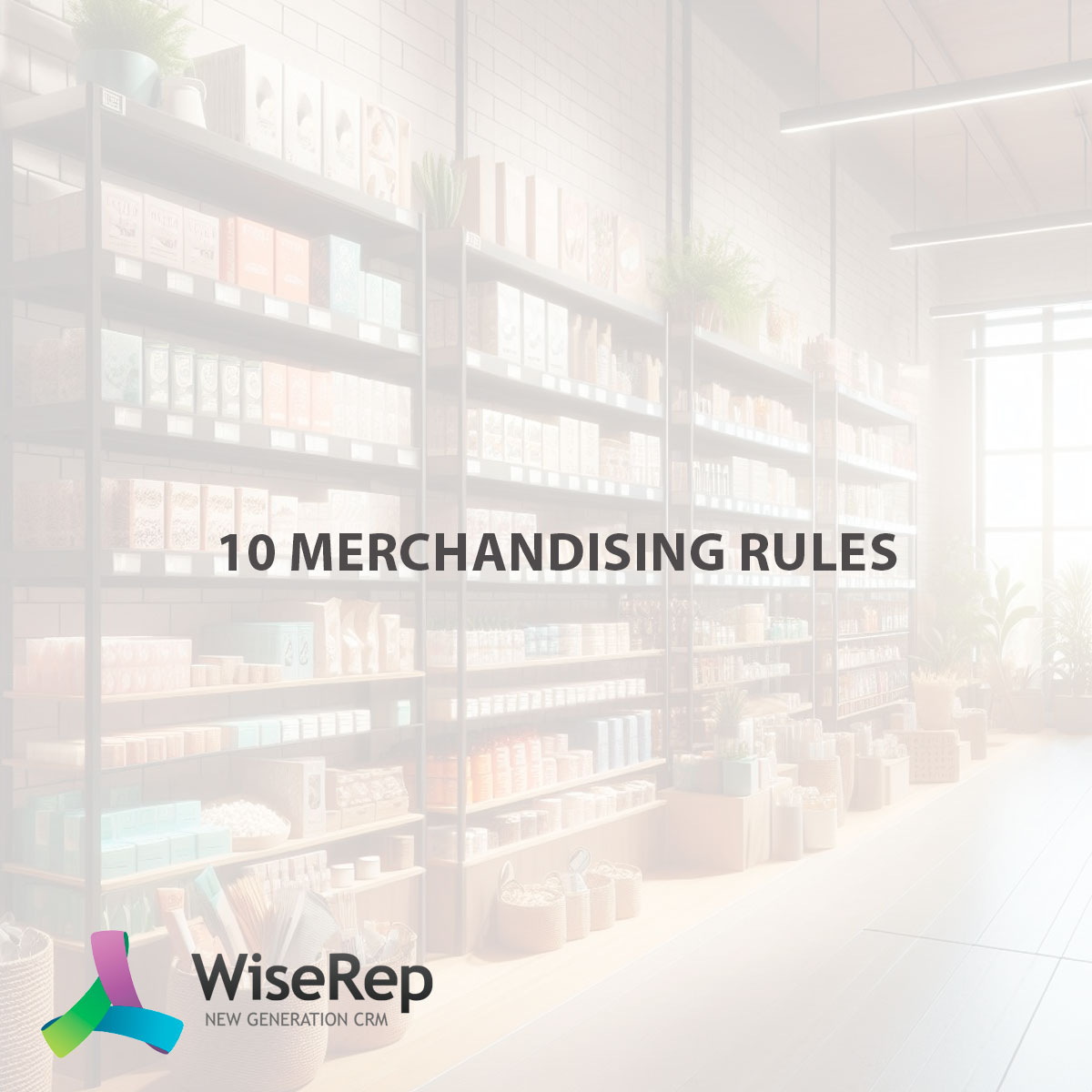Merchandising is the art of presenting products in retail to increase sales and improve the shopping experience. Properly organized merchandising can significantly influence buyers' decisions and their willingness to make a purchase.
Here are some key merchandising rules that will help create an attractive and effective sales space:
- Product Placement
Products should be placed to encourage customer movement deeper into the store, increasing the likelihood of noticing more products and making more purchases. - Visual Merchandising
Visual merchandising includes store design, lighting, color schemes, and overall store aesthetics. It should create a pleasant atmosphere and convenience for shoppers. - “Golden Triangle”
This rule suggests placing the most popular or profitable products in the most remote part of the store, making customers pass by other products and increasing the chances of additional sales. - Eye-Level Placement
Products placed at the customer's eye level sell better. This rule is used to promote the most marginal or stagnant products. - Product Grouping
Products should be logically grouped so that customers can easily find related products and make additional purchases. - Movement Direction
The flow through the store should be organized to maximize customer impact and encourage impulse purchases. - POS Materials
Using POS materials like wobblers, mobiles, and shelf talkers helps draw attention to specific products and promotions. - Price Tags – Silent Sellers
Every product should have a clearly visible and current price tag that informs the customer and can stimulate purchases. - Overall Store Planning
The store design should be thoughtfully planned to ensure convenient customer movement and advantageous product placement. - Product Freshness Control
Regularly check the shelf life and relevance of products to maintain high levels of customer trust.
These merchandising rules will help create an effective sales space that attracts customers and stimulates sales. However, it's important to remember that each store is unique, and the rules may vary depending on specific conditions and the target audience.
